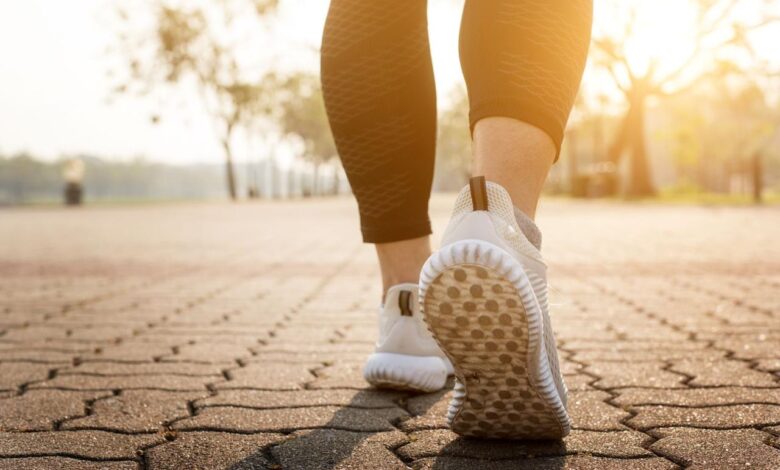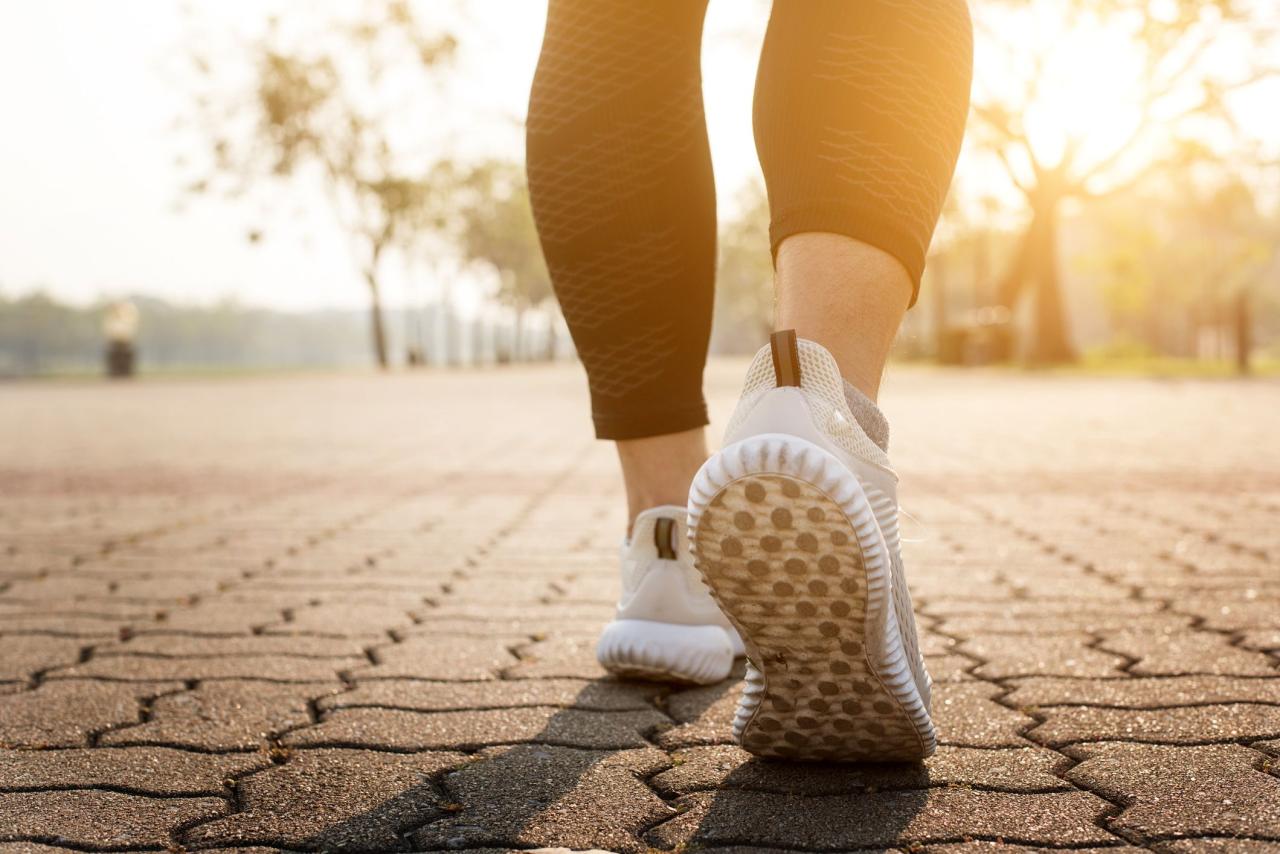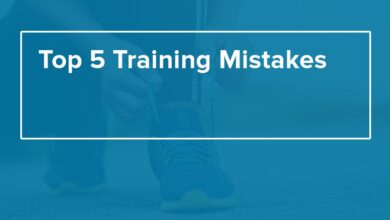
Common Walking Problems Solved: Find Relief and Improve Your Stride
Common walking problems solved: Ever felt a twinge in your knee while walking, or experienced persistent foot pain? Walking is a simple yet powerful activity, but it can be hampered by a variety of issues that affect people of all ages and fitness levels.
From foot pain to ankle instability, knee discomfort, and hip problems, these common walking woes can significantly impact your quality of life and enjoyment of movement. This guide explores the most prevalent walking problems, delves into their underlying causes, and offers comprehensive solutions to help you reclaim your stride and experience the joy of pain-free walking.
Whether you’re a seasoned walker or just starting out, understanding the common walking problems and their solutions can empower you to take control of your health and well-being. We’ll explore effective strategies for managing foot pain, addressing ankle instability, alleviating knee discomfort, and overcoming hip pain.
We’ll also delve into injury prevention techniques and tips for enhancing walking efficiency, allowing you to walk longer, stronger, and with greater ease.
Hip Pain and Walking Difficulty: Common Walking Problems Solved

Hip pain is a common issue that can significantly impact mobility and quality of life. It can arise from various causes, including arthritis, bursitis, and hip flexor strains. Understanding the root cause of hip pain is crucial for effective management and treatment.
Causes of Hip Pain
Hip pain can stem from several factors, including:
- Osteoarthritis:This degenerative joint disease causes cartilage breakdown in the hip joint, leading to pain, stiffness, and limited range of motion.
- Bursitis:Inflammation of the fluid-filled sacs (bursae) that cushion the hip joint can cause pain and tenderness, especially during movement.
- Hip Flexor Strains:Overstretching or tearing of the muscles in the front of the hip can result in pain, weakness, and difficulty walking.
- Tendonitis:Inflammation of the tendons that connect the hip muscles to the bone can cause pain and stiffness.
- Stress Fractures:Repetitive stress on the hip bone can lead to small cracks, causing pain and tenderness.
- Hip Labral Tear:Damage to the cartilage rim (labrum) that surrounds the hip socket can cause pain, clicking, and instability.
Managing Hip Pain
Managing hip pain involves a multi-pronged approach that may include:
- Rest:Avoid activities that aggravate the pain and allow the hip joint to rest and heal.
- Ice:Applying ice packs to the affected area for 15-20 minutes at a time can help reduce inflammation and pain.
- Over-the-Counter Pain Medications:Nonsteroidal anti-inflammatory drugs (NSAIDs) like ibuprofen or naproxen can help relieve pain and inflammation.
- Physical Therapy:A physical therapist can design a personalized exercise program to strengthen the muscles surrounding the hip, improve flexibility, and enhance mobility.
- Stretching Exercises:Regularly stretching the hip flexors, hamstrings, and quadriceps can improve range of motion and reduce stiffness.
- Strengthening Routines:Strengthening exercises, such as hip abductions, adductions, and rotations, can improve muscle strength and stability.
- Weight Management:Maintaining a healthy weight can reduce stress on the hip joints and alleviate pain.
- Assistive Devices:In some cases, using assistive devices like canes or walkers can provide support and reduce strain on the hip joint.
- Injections:Corticosteroid injections can provide temporary pain relief and reduce inflammation in the hip joint.
- Surgery:In severe cases, surgery may be necessary to repair damaged cartilage, replace the hip joint, or address other underlying issues.
Importance of Posture and Gait Mechanics, Common walking problems solved
Proper posture and gait mechanics are essential for minimizing hip pain during walking. Maintaining a neutral spine, engaging core muscles, and using a balanced and symmetrical gait can reduce stress on the hip joint and improve walking efficiency.
“Walking with a proper gait can significantly reduce the load on the hip joint and minimize pain.”
Strategies for Maintaining Proper Posture and Gait
- Maintain a Neutral Spine:Avoid slouching or excessive arching of the back, as this can strain the hip muscles and joints.
- Engage Core Muscles:Strengthening and engaging core muscles, such as the abdominal muscles, can improve stability and support the spine and hips.
- Symmetrical Gait:Ensure that each step is balanced and symmetrical, with equal weight distribution on both legs.
- Proper Foot Placement:Place the heel of the foot down first, followed by the ball of the foot and toes, allowing for a smooth rolling motion.
- Arm Swing:Allow your arms to swing naturally in opposite directions to your legs, maintaining a balanced and coordinated movement.
Ultimate Conclusion
Walking is a fundamental part of a healthy lifestyle, and it’s something we should all be able to enjoy without pain or limitations. By understanding the common walking problems, their causes, and the available solutions, you can equip yourself with the knowledge to address these issues and improve your overall walking experience.
From effective treatment options to practical exercises and preventative measures, this guide provides a comprehensive roadmap to help you overcome walking challenges and experience the joy of a pain-free stride.
So you’ve tackled those common walking problems, like blisters and sore feet, and now you’re ready to get back out there! But winter can be a tough time to stay active, especially when you’re craving something warm and comforting. That’s where these 9 hearty winter soups under 360 calories come in! They’re packed with flavor and nutrients, perfect for fueling your walks and keeping you warm from the inside out.
And with all that energy, you’ll be conquering those hills and long walks in no time!
Finding the right walking shoes and gait analysis can solve a lot of common walking problems. But sometimes, it’s the stress that’s holding you back! Check out these 8 quick ways to reduce stress right now to get you moving.
Once you’re feeling calmer, you can tackle those walking challenges head-on!
Finding solutions for common walking problems, like sore feet or blisters, is essential for enjoying a good walk. But after a long day exploring, there’s nothing quite like coming home and whipping up a delicious meal in your trusty Dutch oven.
From hearty stews to crusty bread, the possibilities are endless! For some inspiration on amazing things to do with a Dutch oven , check out this great resource. Then, with a full belly and happy feet, you’ll be ready for your next adventure!






